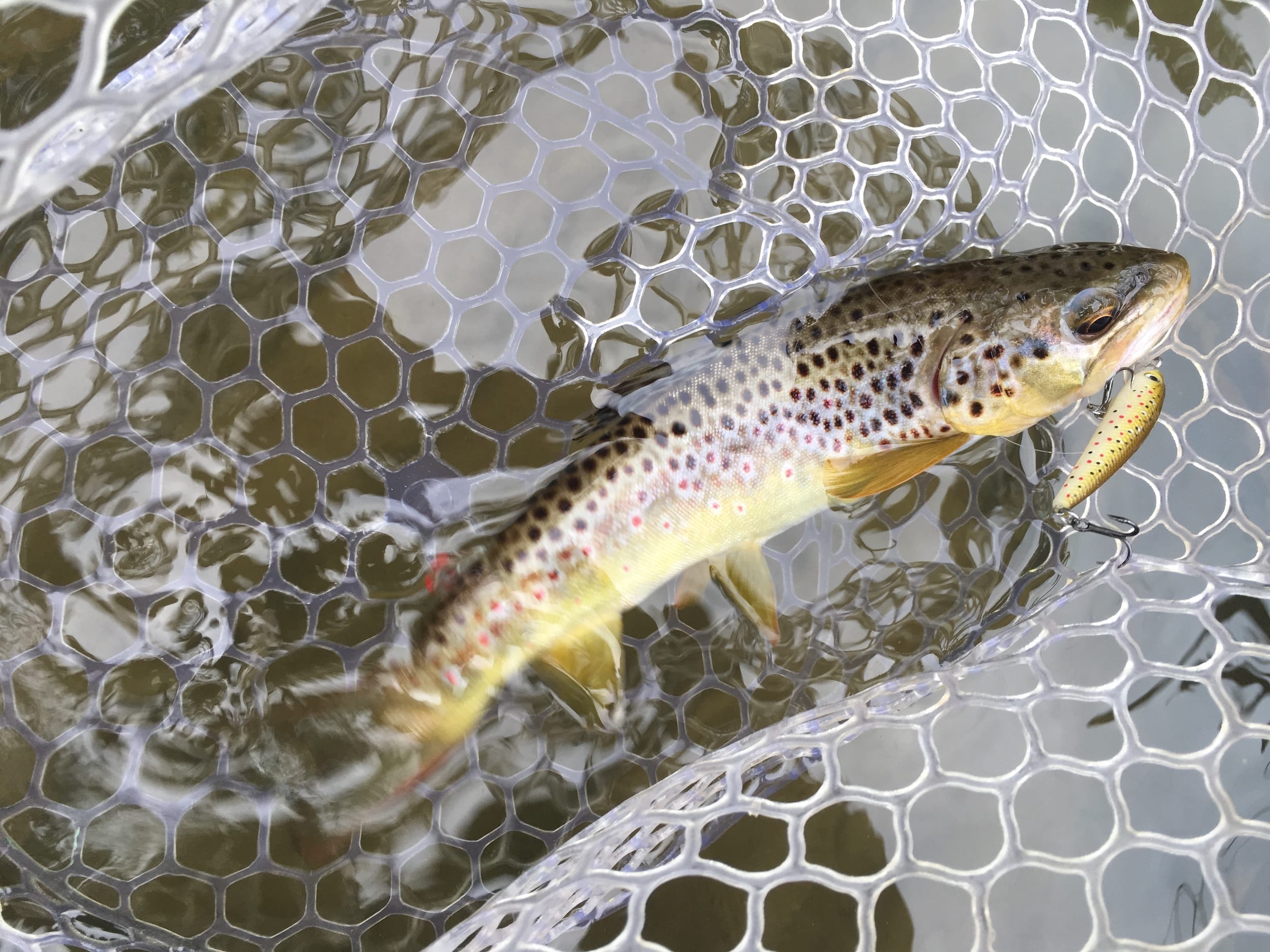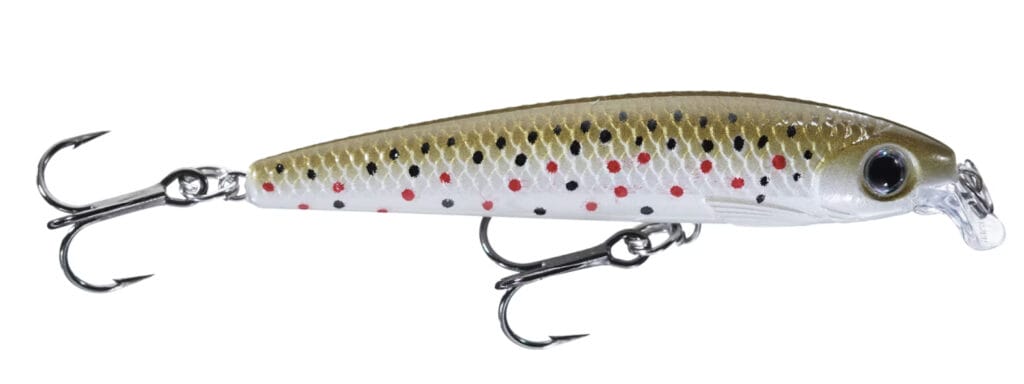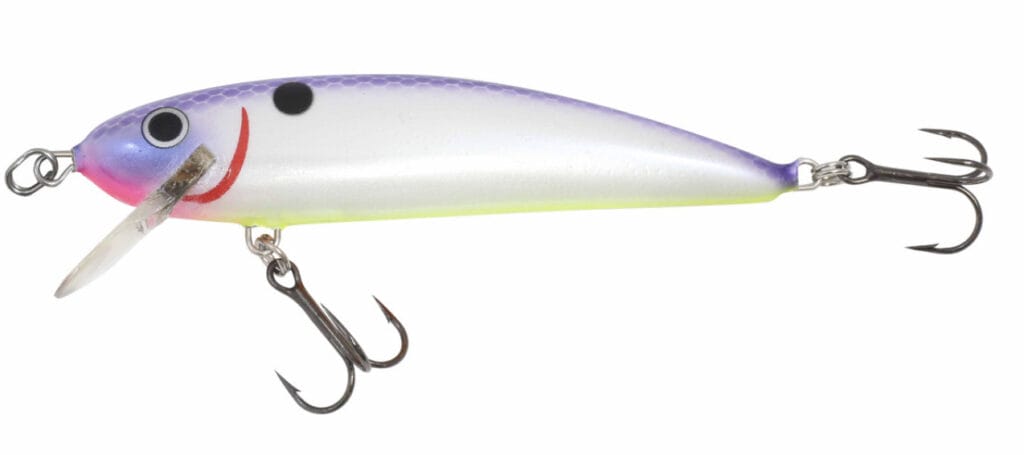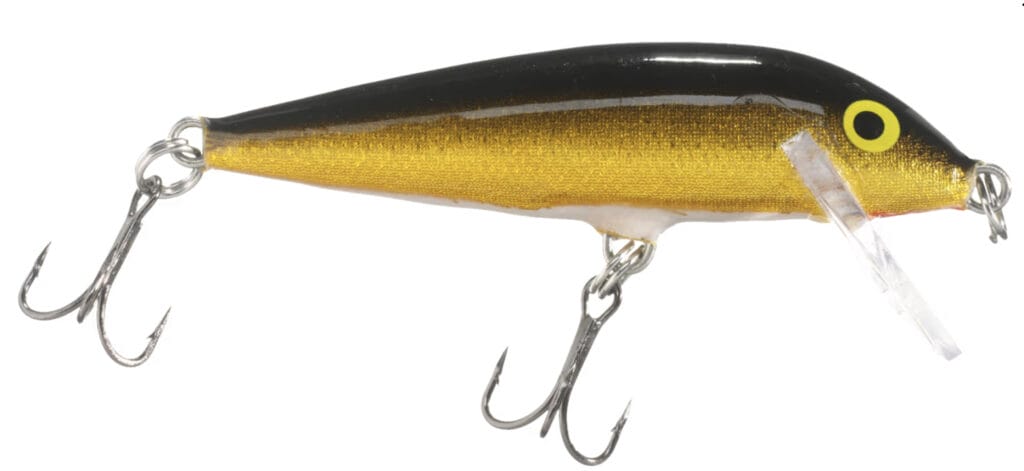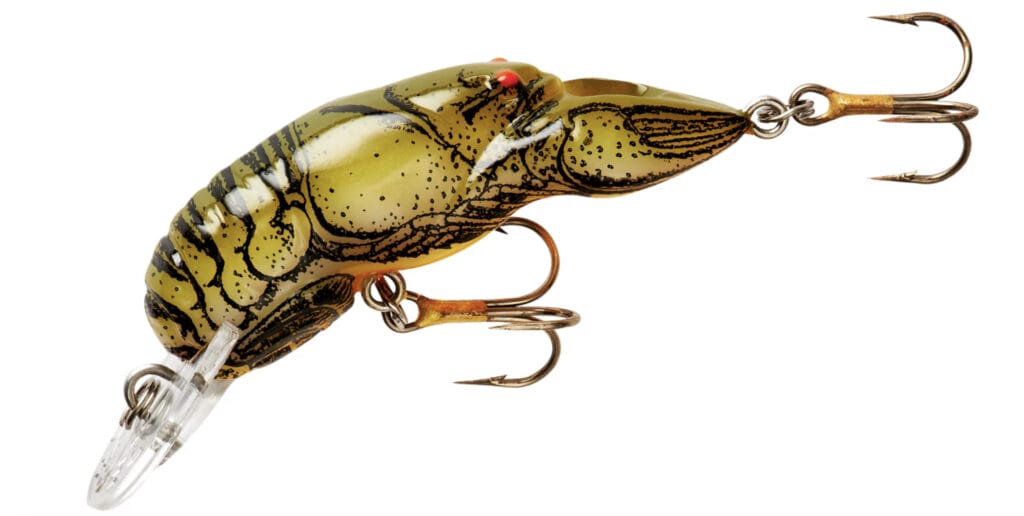It’s no secret that most Trout Unlimited members are fly anglers, many of them avid.
It’s also no secret that many fly anglers also use other methods sometimes. I’m one of them. I started fishing with conventional gear, and I still use it pretty frequently—even for trout.
Winter into early spring is one of my favorite seasons to target bigger trout—primarily browns—in a couple of the tailwaters near my home in Western Virginia.
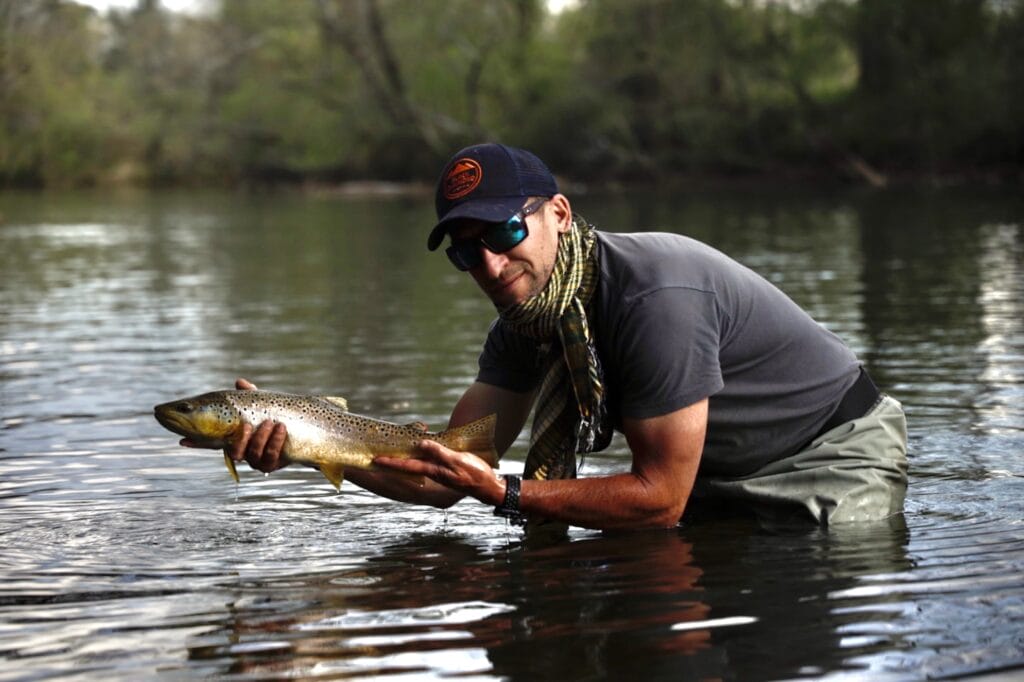
It’s a ton of fun to throw big streamers for these predators. If you’re a decent caster, it’s easier to put a streamer in a tight spot than to hit that spot with a lure cast on spinning gear. I also think well designed streamers generally have more tantalizing movement than most lures.
So, why is it that when I’m on a float targeting big browns from February through April, I always have a spinning rod with me?
One, if I’m in my two-man Outcast Ambush raft and at the oars, there’s a chance the angler in the front of the boat is not an experienced streamer angler, not a good caster, or both. Now, you can’t get better without practice, but that can still lead to a long, frustrating day. Even a beginner will probably move at least a few fish with spinning gear so it can be my afternoon bailout option.
In a three-person craft like a drift boat or raft, it can sometimes be a circus to have two folks casting flies—one in the front, one in the back—especially if it’s windy or, again, if one or both casters are, shall we say, learning. Putting a spinning rod in the back seat angler’s hands can reduce the chance of a streamer hook in someone’s face.
Spinners, jigs and deep-diving crankbaits can be effective for big browns. But, with one exception, my go-to in the winter and early spring is a minnow-shaped hard bait. They’re pretty easy to fish and effective.
Yes, these lures carry treble hooks. I always pinch the barbs, which makes unhooking fish easier and has no impact on the number of fish that stay buttoned.
I fish with 10- to 15-pound braid as my running line with a Rio Fluoroflex Strong leader 4 pounds lighter than the main line test. Rods need to have moderate action but decent backbone to handle trout to 20-plus inches.
I fish mostly from a boat or raft, casting perpendicular to river flow, tight to shore and around woody cover when it’s there. If you’re afraid to lose lures, this isn’t for you.
Below are my five favorite hard baits for late winter and early spring.
Rapala Ultralight Minnow
A relatively recent intro from the famous Finnish lure company, the Ultralight is a neutrally buoyant lure that most would describe as a twitch bait or jerk bait. In short, you usually fish it with twitch-pause-twitch-pause action.
I fish the 2 ½-inch version exclusively. It runs at a depth between 2 and 3 feet. I catch plenty of smaller fish on it, but big fish like it, too. It comes in a bunch of colors so you can match the prevailing forage fish of the stream where you’re fishing.
The hooks are excellent, but the plastic-bodied lure is not super durable. Hit a few rocks when you’re pounding the shoreline and it’s going to break.
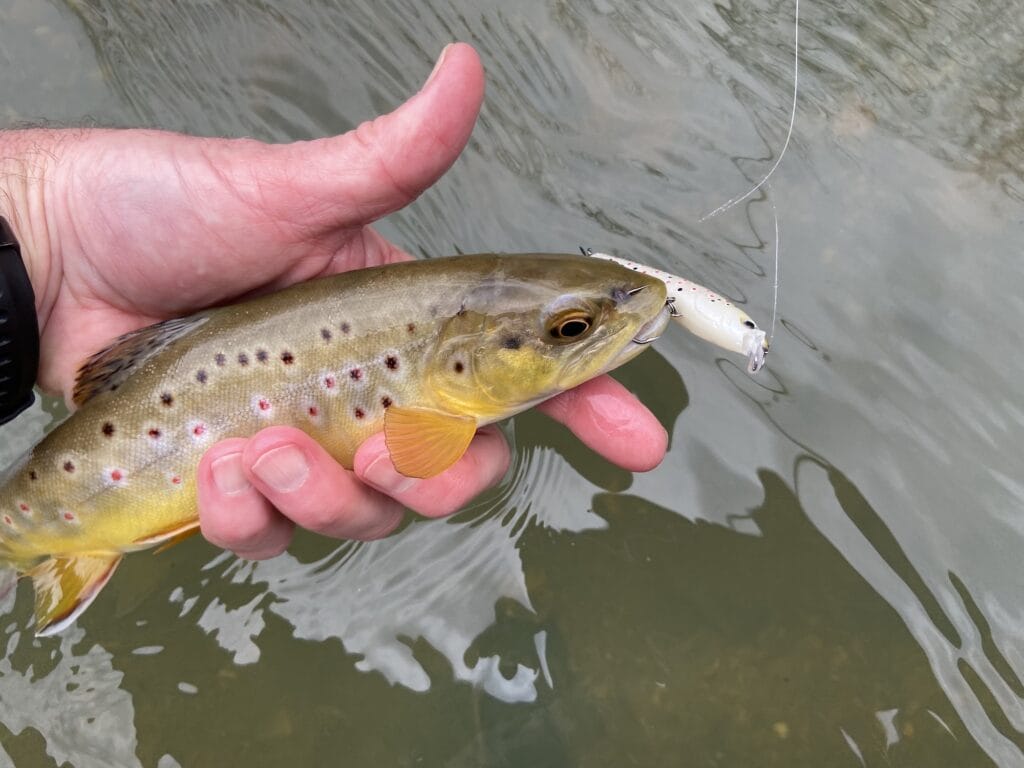
I find that most strikes happen during the pause. One challenge when fishing clear water is resisting the urge to keep twitching the bait once you see a chaser. Do your best to let the lure just float there. I’ve had browns circle a stationary minnow four or five times before blasting it.
Northland Rumble Shiner
Northland calls this a crankbait, but the Rumble Shiner looks more like a slender minnow lure. Like the original Rapala, the Rumble Shiner is made of balsa but the Northland dives deeper than a Rap of similar size. A size #8 (3 ¼ inches long) Rumble Shiner dives 5-8 feet deep, whereas the similarly sized Rapala F09 (3 ½ inches long) runs at depths of 3-5 feet.
The lure comes in a bunch of colors and has excellent hooks. It is even a little cheaper than the Rapala so it’s a little less painful when you lose one on a log, which you will do if you’re fishing where big browns like to hang out.
Rapala Husky Jerk
The Husky Jerk from Rapala is another neutrally buoyant jerk bait, offering that suspended, twitch-pause-twitch-pause action.
Unlike the Rapala Ultralight Minnow, the Husky Jerk comes in a wide range of sizes. I like the 4-inch version (HJ10), which runs 4-8 feet deep and comes in 21 colors.
The lure features high-quality hooks and is reasonably priced. And, you don’t have to keep them only in your “big trout” box since the Husky Jerk is also an excellent lure for pre-spawn largemouth and smallmouth bass.
Rapala Countdown Minnow
The Countdown is the one hard minnow bait in my box that sinks. And, man, does it sink, dropping through the water column at a rate of a foot per second. That’s not lead-head jig territory, but you can still get deep fast.
This is a lure for deep holes. If it’s not at least 10 feet deep you’re probably better off with a suspending lure
Countdowns come with excellent VMC hooks, and the slower rolling action seems to really work in colder water. They come in a decent selection of colors, including a brook trout version that’s almost too pretty to fish.
If there is a fault with the Rapala Countdown series, it’s probably the cost. Each one will set you back at least $10. And, due to the deep-running nature of this lure you’re guaranteed to lose some.
Rebel Wee Craw
The Rebel Wee Craw series lures have the profile of a fleeing crayfish, with a tucked tail and claws streamlined behind the head.
But these are floating lures and, unless you’re fishing in shallow water, to me they seem to better imitate a minnow than a crayfish bumping along the bottom. (For that, you’re better off with a big-lipped crankbait, a jig or a tube lure.)
My favorite in this series is the Teeny Wee Craw. It’s only 1 ½ inches long but I think it’s got the best action of the series, with a super tight wiggle. Because I’m mimicking a minnow, I prefer the silvery F7760 Stream Crawfish Color.
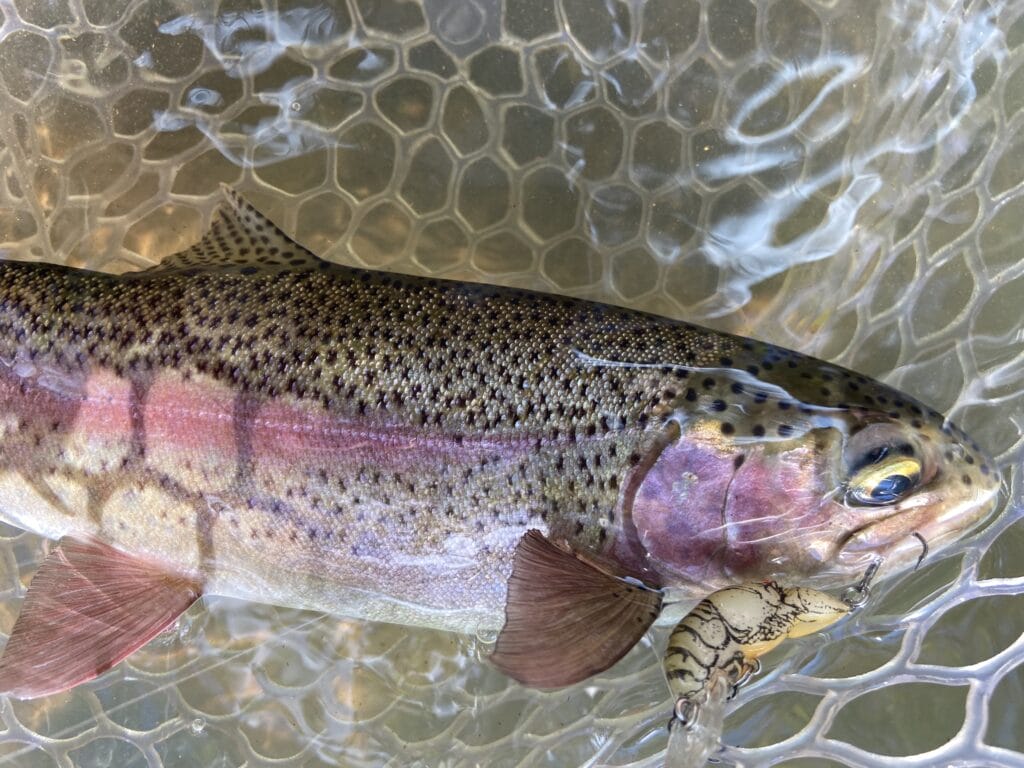
One downside of that diminutive size is you’re not going to select for larger fish as well as if you’re fishing a 4-inch-long twitch bait. If you like a lot of action, that’s probably not a downside.
Another downside is that the hooks are small. It is really hard to keep fish buttoned on the #14 trebles, the stock versions of which are not very good to start with. I do my best to replace the hooks on all my Teeny Wee Craws. It’s a pain but the catch-to-hook ratio does improve.
Unlike the above lures, which I prefer to fish from a boat or raft, I like the Rebel Wee Craw when I’m wading. One of my favorite methods is to slowly back reel the lure downstream into pockets and runs. In streams with rainbows and browns, that’s a great way to target rainbows, and you’d be surprised how many 15-inch-plus rainbows can’t resist that presentation.



